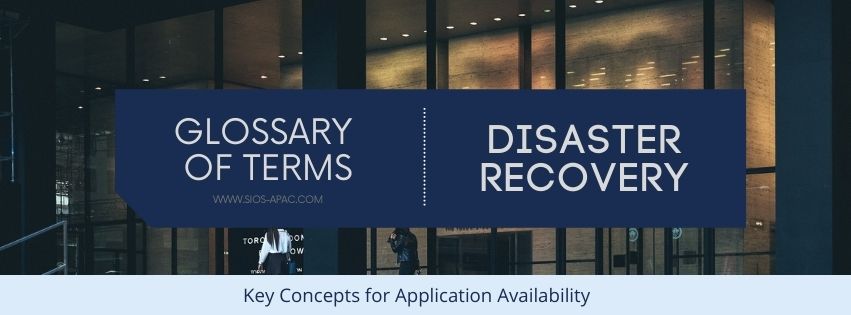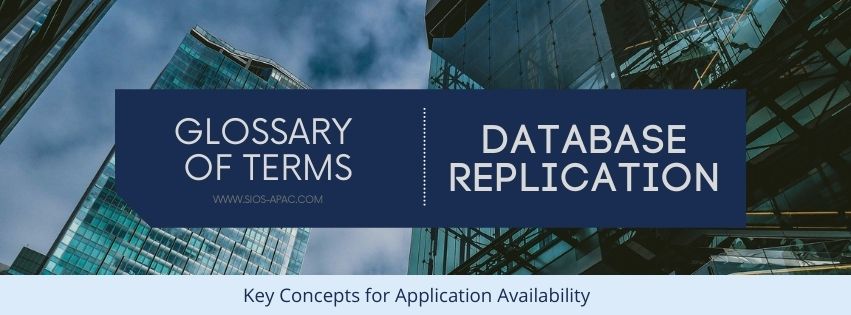| May 23, 2021 |
Glossary: Disaster Recovery |
| May 19, 2021 |
Glossary: Data Replication
Glossary of Terms: Data ReplicationDefinition: The practices of copying information between redundant servers and keeping the copies consistent to improve reliability, fault-tolerance, or accessibility. Reproduced from SIOS |
| May 13, 2021 |
Glossary: Database Replication |
| May 9, 2021 |
Glossary: Cluster Software, Clustering Software |
| May 3, 2021 |
Glossary: Cloud Migration |




